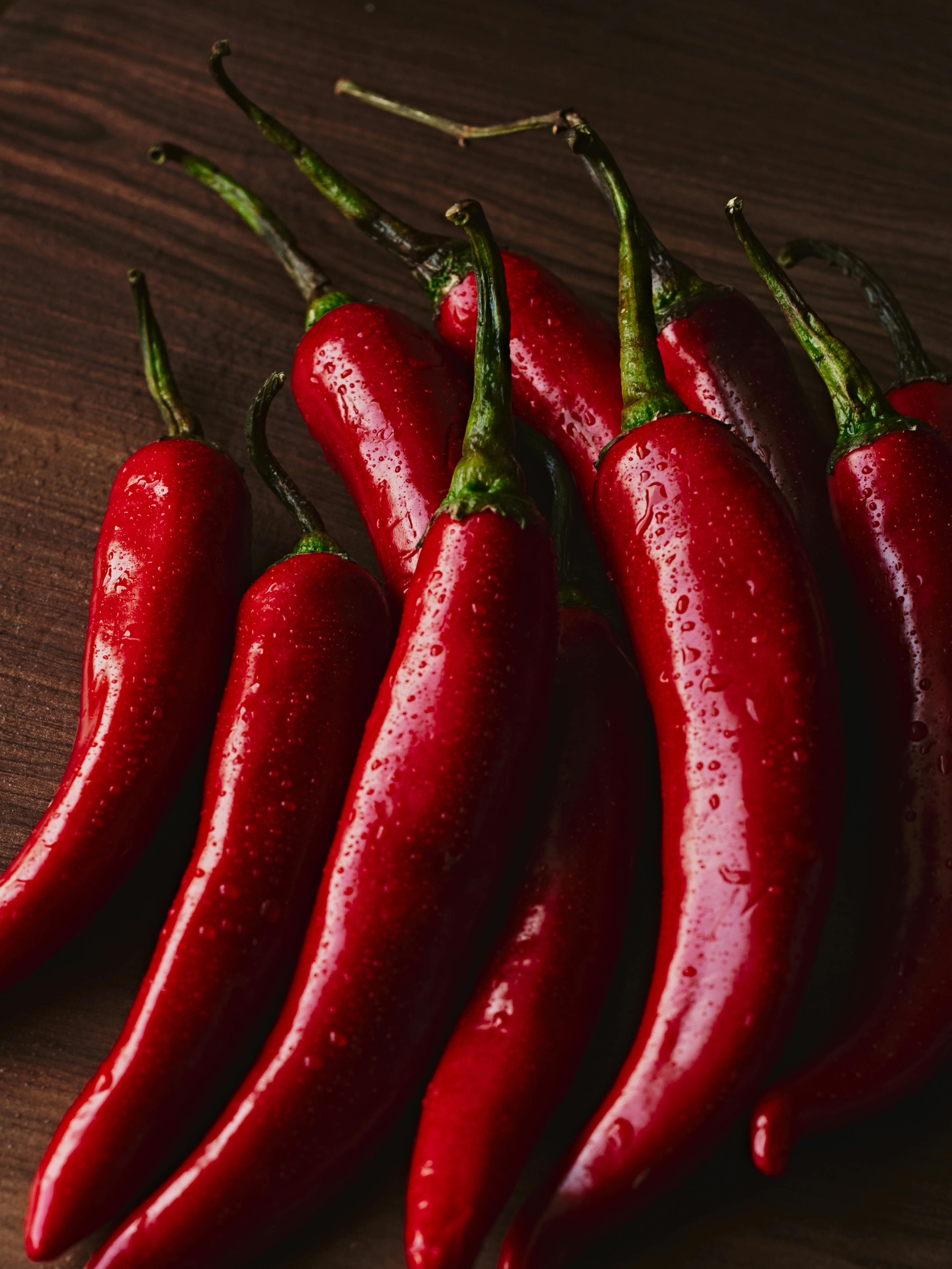
Effective Ways to Plan a Bland Diet Menu for Better Digestion
Planning a bland diet menu can be a crucial step toward improving digestive health, especially for individuals experiencing issues such as nausea, gastritis, or other gastrointestinal disturbances. A bland diet typically includes foods that are easy to digest, low in fiber, and mild in flavor, helping to minimize gastrointestinal irritation. Understanding how to curate a meal plan that adheres to bland diet guidelines can be essential for recovery and comfort.
This article will explore various aspects of creating an effective bland diet menu. We will cover essential bland foods, meal ideas for all times of the day, strategies for meal prep, and tips for maintaining nutritional balance while recovering from digestive issues. Our goal is to provide you with a comprehensive guide to optimal bland diet practices and nutritious meal options.
Key takeaways include:
- Understanding the different types of bland foods and their benefits.
- Meal suggestions to foster gut recovery and support overall digestive health.
- Practical tips for preparing and enjoying bland meals without losing flavor or satisfaction.
Understanding Bland Foods for Digestive Health
The first step in planning a successful bland diet menu is determining which foods are classified as bland. These are typically soft foods that do not cause irritation to the digestive tract and are easy to digest. Examples include cooked oatmeal, white rice, and plain toast. Incorporating these foods into your diet can help with reducing stomach irritation and providing much-needed energy during recovery.
Bland foods are generally low in acidity and are free from spices or strong flavors, which is crucial for individuals experiencing stomach sensitivity. Foods like boiled potatoes, ripe bananas, and tender cooked vegetables are also excellent choices. They not only adhere to bland diet guidelines but also provide essential nutrients that support recovery.
For those looking to create a bland diet meal plan, consider foods such as:
- Soft scrambled eggs
- Plain yogurt
- Pasta without sauce
- Steamed carrots and zucchini
This understanding of bland foods naturally leads us to explore how to prepare them effectively and incorporate them into your daily meal plan.
Creating a Balanced Bland Diet Meal Plan
When designing a bland meal plan, it's essential to consider a balanced approach that includes various food groups while keeping flavors mild and digestible. A well-rounded bland diet can consist of protein sources, carbohydrates, and healthy fats that are easy on the stomach. For instance, skinless chicken breast, baked fish without seasoning, and well-cooked quinoa can be excellent protein sources.
When planning meals, remember to focus on both hypoallergenic and easily digestible foods. Combining bland staples can help ensure that meals remain satisfying. For example, a simple lunch can involve boiled potatoes with steamed broccoli and baked chicken. Here, the key is to utilize cooking techniques that preserve flavor while remaining gentle on the digestive system.
Here are some tips for structuring your bland diet meal plan:
- Start with easy breakfast options like plain pancakes, oatmeal, or soft scrambled eggs.
- For lunch, consider easy-to-digest meals like rice with plain fish or tofu, accompanied by steamed vegetables.
- Dinner can include soothing meals such as mashed potatoes with broth-based soups.
Planning your meals this way supports essential nutrient absorption, helping to foster gut recovery and improving overall wellness.
Quick and Easy Bland Diet Recipes
Cooking on a bland diet doesn’t mean giving up on flavor entirely. There are plenty of easy bland recipes that are both nourishing and satisfying. Consider options that incorporate gentle cooking methods such as boiling, steaming, or baking without added spices. Simple herb infusions can enhance bland foods while still adhering to non-irritating principles.
To get started, here are some quick bland meal examples that you can try:
- Baked Sweet Potatoes: Once sliced and baked, they become soft and mildly sweet, making them a soothing addition to any meal.
- Rice Pudding: Made with rice, milk, and a touch of sugar, this comforting dessert provides easy-to-digest carbs.
- Cottage Cheese with Fruit: Pairing cottage cheese with soft fruits like ripe bananas or unsweetened applesauce can create a nourishing snack.
For those interested in further meal ideas, consider incorporating foods from the bland diet food list. Smoothies for digestive comfort with ripe fruits and non-dairy alternatives can make fulfilling yet gentle meals.
Bland Diet Snacks to Keep You Satisfied
Finding suitable snacks while following a bland diet can be challenging, but there are plenty of options that are mild and easy to digest. Gentle snacks can help bridge the gap between meals and provide needed energy without upsetting the stomach. Some good ideas include bland crackers, rice cakes, and soft cereal.
Additionally, snacks like gelatin desserts or unsweetened applesauce can be soothing while also satisfying cravings. Incorporating soft toppings for bland foods—like a small amount of natural peanut butter or plain yogurt—can enhance texture and provide a balance of nutrition without the risk of irritation.
It’s beneficial to keep hydrated in a bland diet as well, so consider hydration in bland diets. Clear broths and light soups can help ensure you maintain proper fluid intake while sticking to your diet plan.
These snack suggestions connect seamlessly to our next topic: maintaining a successful meal prep routine for a bland diet.
Meal Prep Strategies for a Bland Diet
Meal prepping can save time and help you adhere to your bland diet by having nourishing options readily available. Preparing soft diet meals in advance can assist in managing stomach sensitivity while minimizing mealtime decisions that may lead to irritation.
A simple approach includes cooking large batches of bland staples like cooked oatmeal, white rice, or boiled potatoes. Store these in individual containers for easy access throughout the week. Additionally, consider portioning out homemade soups or stews that meet bland dietary criteria, as they can easily be reheated as needed.
Don’t forget to make use of your refrigerator's capacity to keep bland foods fresh. Steamed vegetables and proteins can be cooked and stored together to create quick, satisfying meals. Here are a few meal prep ideas to keep in mind:
- Prepare soft beans in advance to add protein to your meals easily.
- Have simple muffins made with low-fiber ingredients ready for snacking.
- Make and freeze bland baked goods for last-minute dessert needs.
This method of planning not only maximizes efficiency but also keeps you committed to maintaining a nutrient-focused bland diet.
Conclusion: Adopting a Bland Diet for Optimal Health
By understanding the principles of a bland diet and incorporating the tips and meal suggestions provided, you can create an effective menu that prioritizes digestive health. A well-thought-out bland diet menu not only aids in soothing digestive distress but also promotes overall wellness and recovery. Remember, following safe practices and focusing on easy-to-digest options can be beneficial as you navigate your dietary journey.
As every individual’s needs may differ, it's essential to consult with a healthcare professional when planning any significant dietary changes. With patience and the right choices, you can achieve a balance that fosters gut recovery while enjoying your meals.

